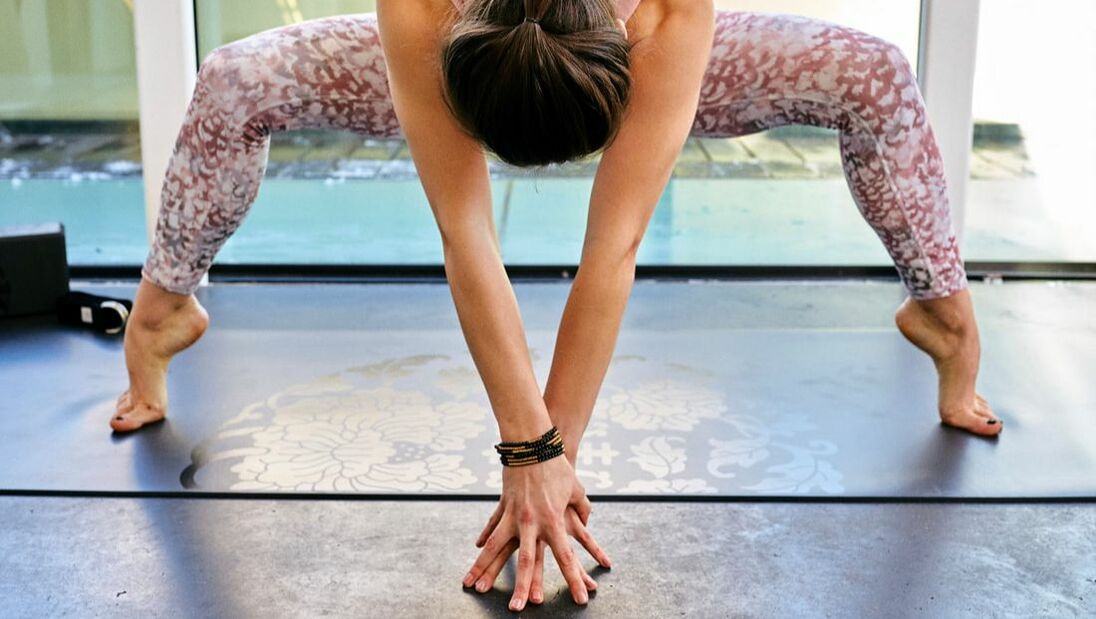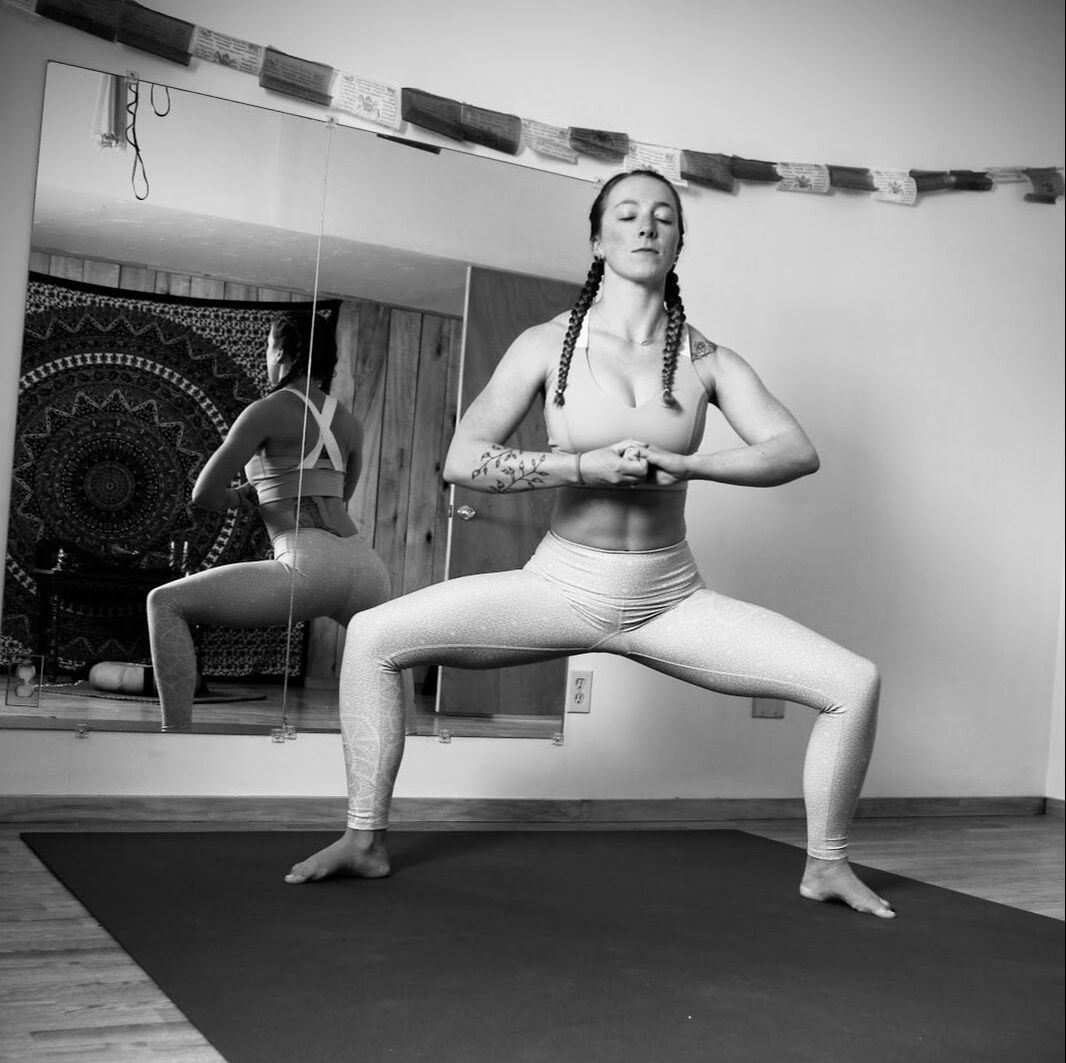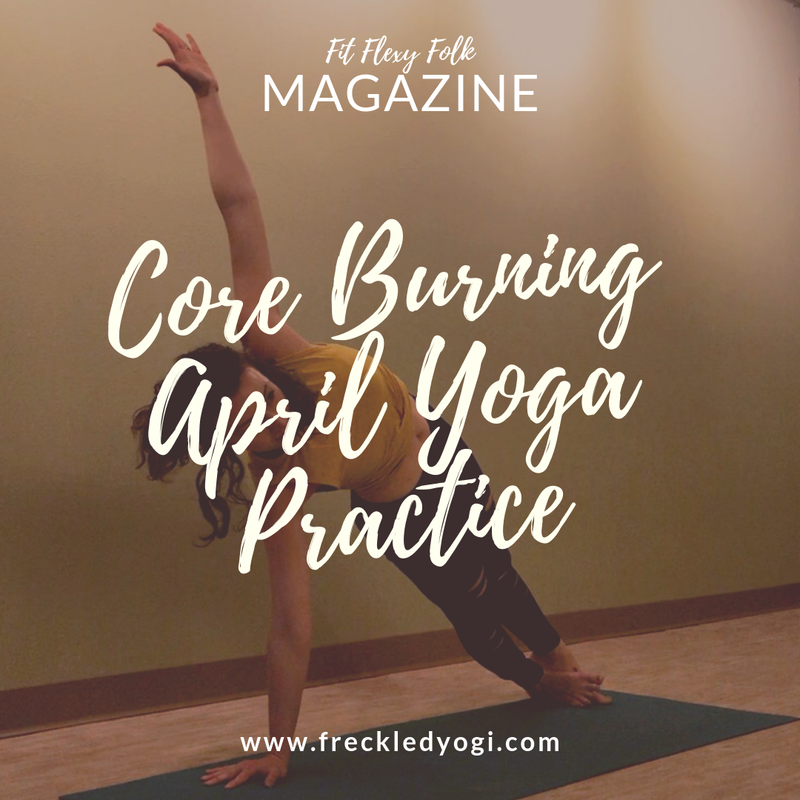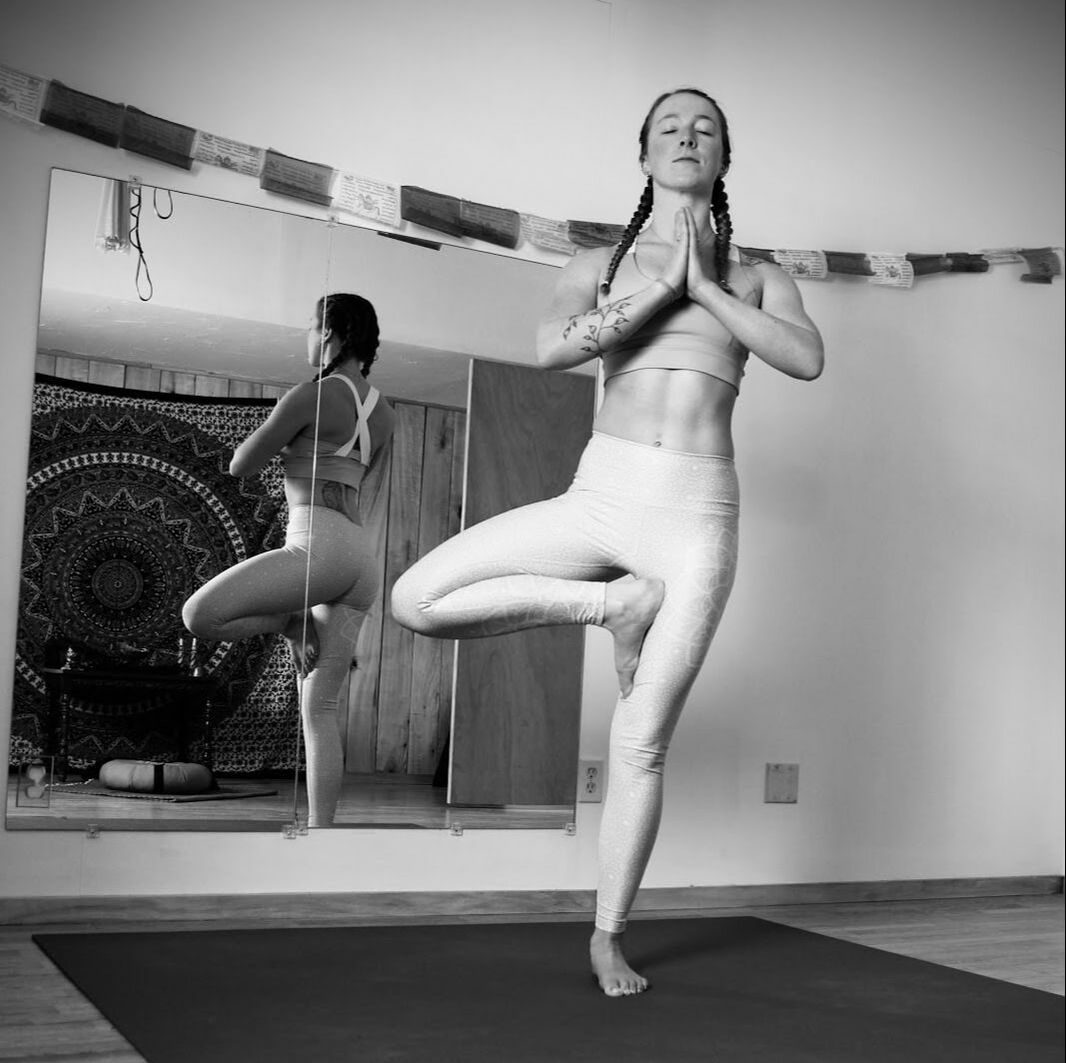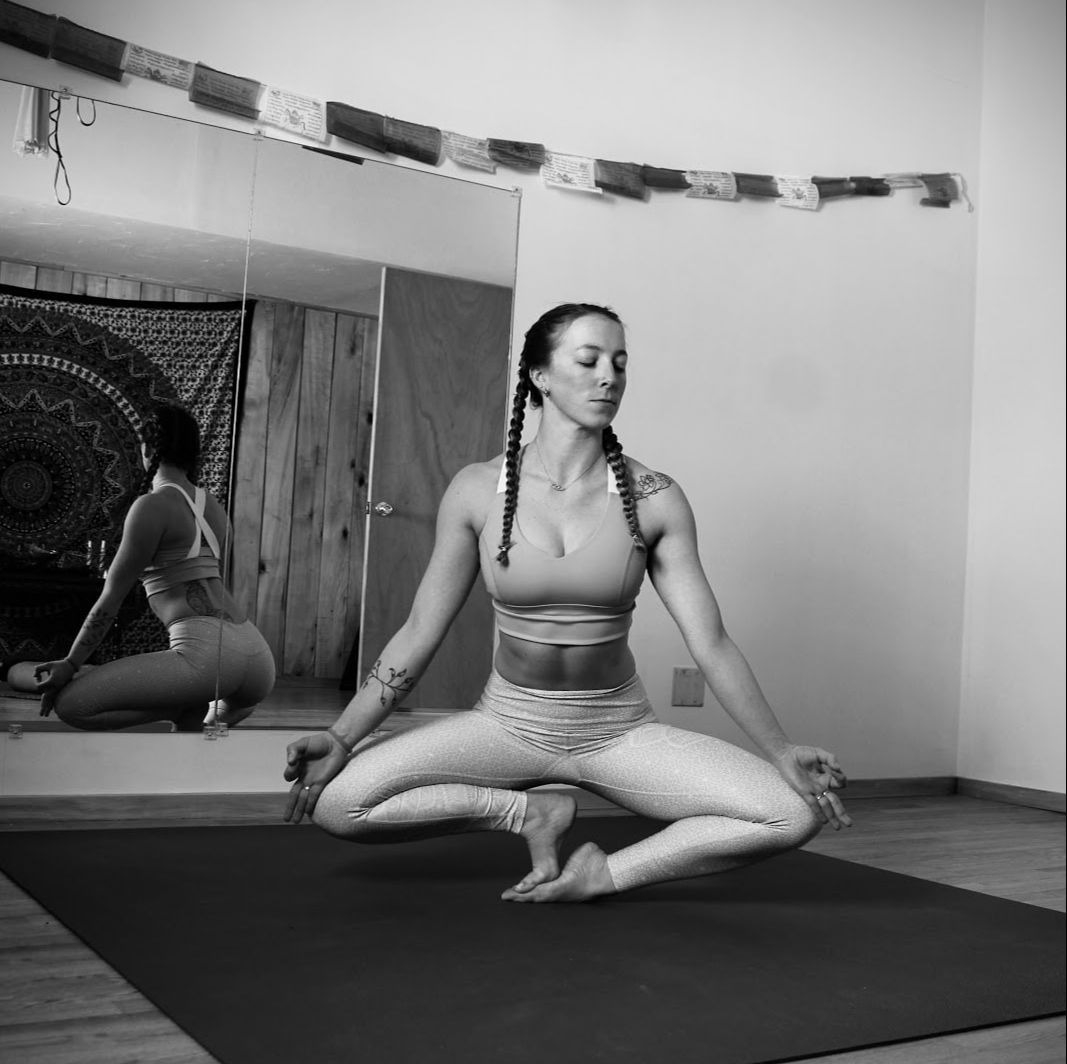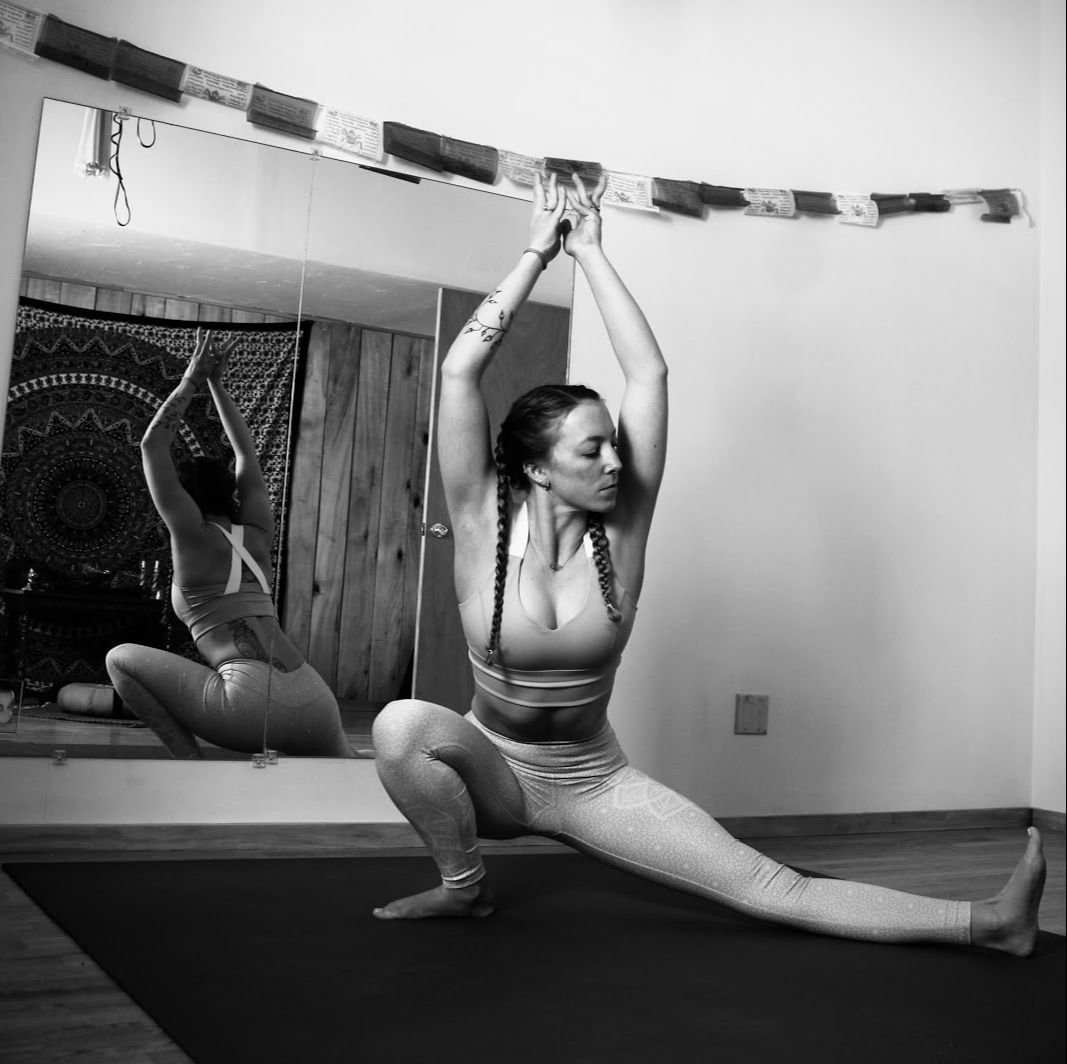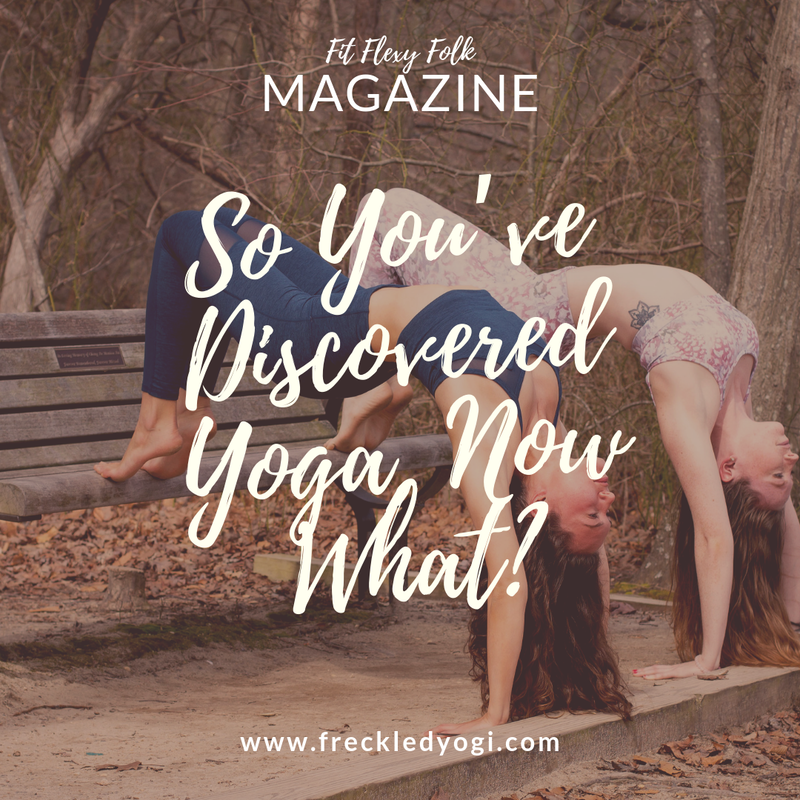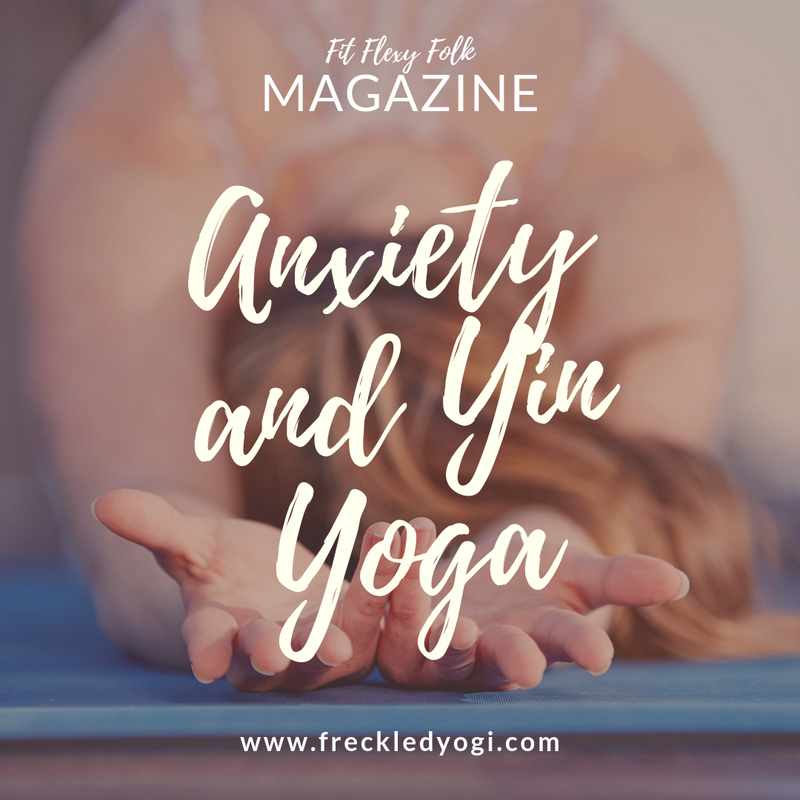The Mudras of Yoga: How Hand Placement Affects Asana
Our hands are the source of incredible power. Our hands give us the ability to play the piano, paint beautiful landscapes, build a table, compose a letter to a loved one, or gently caress our child’s face. When nervous, we might feel them sweat, and when angry, we might feel them clench. Ultimately, our hands allow us to shape the very world in which we live. It is therefore no wonder that their intentional position throughout a yoga practice can greatly impact our experience.
Below, I have outlined 6 of the most common hand positions or mudras that you might come across in class or practice on your own. Mudras are a type of energetic seal formed by positioning the hands in a certain way. Originally invented for Indian dance, these have since been recognized as powerful ways to direct energy and have therefore been incorporated, to some degree, into most styles of yoga. Check out the six mudras below for some insight on how they can impact your practice.
Below, I have outlined 6 of the most common hand positions or mudras that you might come across in class or practice on your own. Mudras are a type of energetic seal formed by positioning the hands in a certain way. Originally invented for Indian dance, these have since been recognized as powerful ways to direct energy and have therefore been incorporated, to some degree, into most styles of yoga. Check out the six mudras below for some insight on how they can impact your practice.
|
|
1. Ganesha Mudra
|
The deity Ganesha is revered as the “remover of obstacles,” and ganesha mudra is therefore used to cultivate feelings of stability, confidence, and warmth. Maintain an active, subtle pulling of the hands against one another to keep the chest open. Utilize this mudra to counter feelings of doubt, weakness, or uncertainty.
|
|
|
|
|
2. Anjali Mudra
|
One of the most common mudras, Anjali invites connection to the heart (the thumbs touch the chest here) as well as feelings of humility, respect, and devotion. A fun fact with this mudra is that it shows respect for different entities depending on hand location: above the head for deities, at the forehead for teachers, and at the heart for a more general purpose. Utilize this mudra to show respect and gratitude for others, yourself, and/or your practice in general.
|
3. Mudgara Mudra
|
Mudgara Mudra, or the club of Hanuman, can be used to instill courage and virtue. As it stimulates the immune system, it can also be used to promote self-healing. Although often paired with hanumanasana (side splits, as pictured above), it can be added into any posture of your choosing. Utilize this mudra to provoke feelings of resolve and determination within yourself.
|
|
|
4. Jnana Mudra
|
Jnana translates to “wisdom” so this mudra is used to evoke calm, lightness, and clarity of the mind. It redirects prana back into the body and is therefore a beneficial addition to any pose. Jnana mudra is also commonly used mudras in meditation. Utilize this mudra to cultivate a clear and focused mind.
|
5. Padma Mudra
|
Padma or “lotus” mudra settles the mind, opens the heart chakra, balances the immune system, and also decreases the attachments of the ego, making this mudra a powerful addition to any practice. This mudra can be held above the head or at heart’s center. Utilize this mudra when you might feel closed-off, bitter, or resentful in any way.
|
6. Vajra Mudra
If nothing else, adding mudras to any asana (posture) can increase awareness in more zones of the body. For example, if you normally focus primarily on the legs in crescent lunge, then incorporating a mudra can give that pose a different feel simply because it has a different element to focus upon. To start, you might choose one asana and try a few different mudras in it so that you can compare their effects (eg - try each of these in high lunge and see how it alters the feel of the pose). From there, play with adding them as you see fit -- always, the internal feel of the practice matters more than any prescribed notions.
|
If you feel inclined to try any of these out and post on Instagram tag @fitflexyfolk and @brooke_being so we can see!
|
Copyright © 2019
